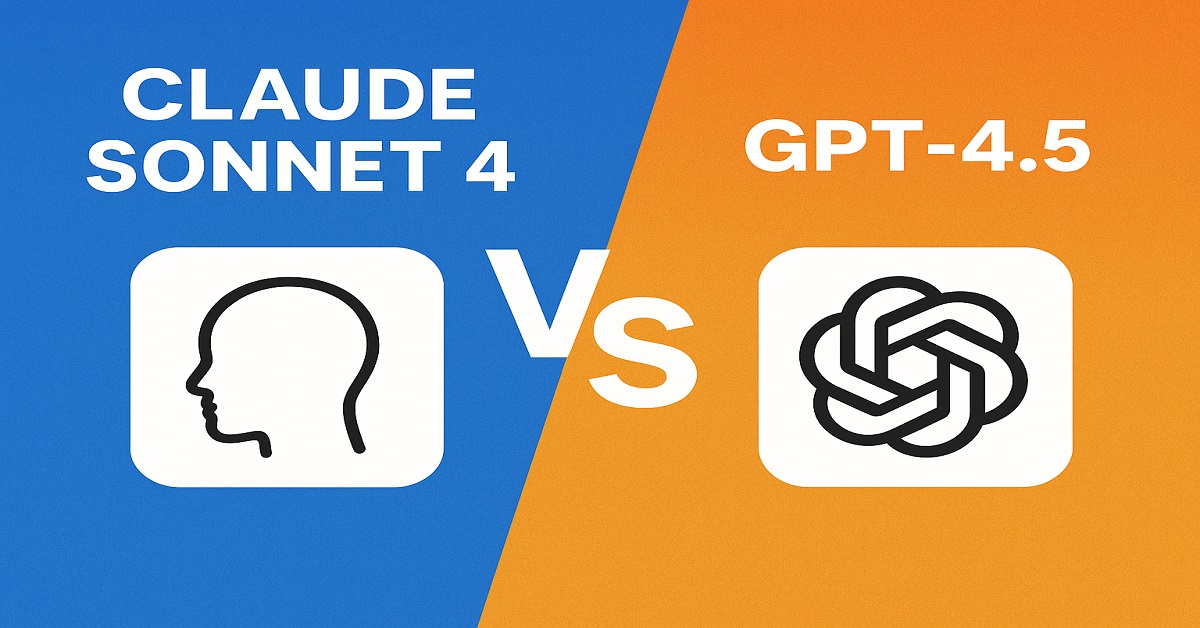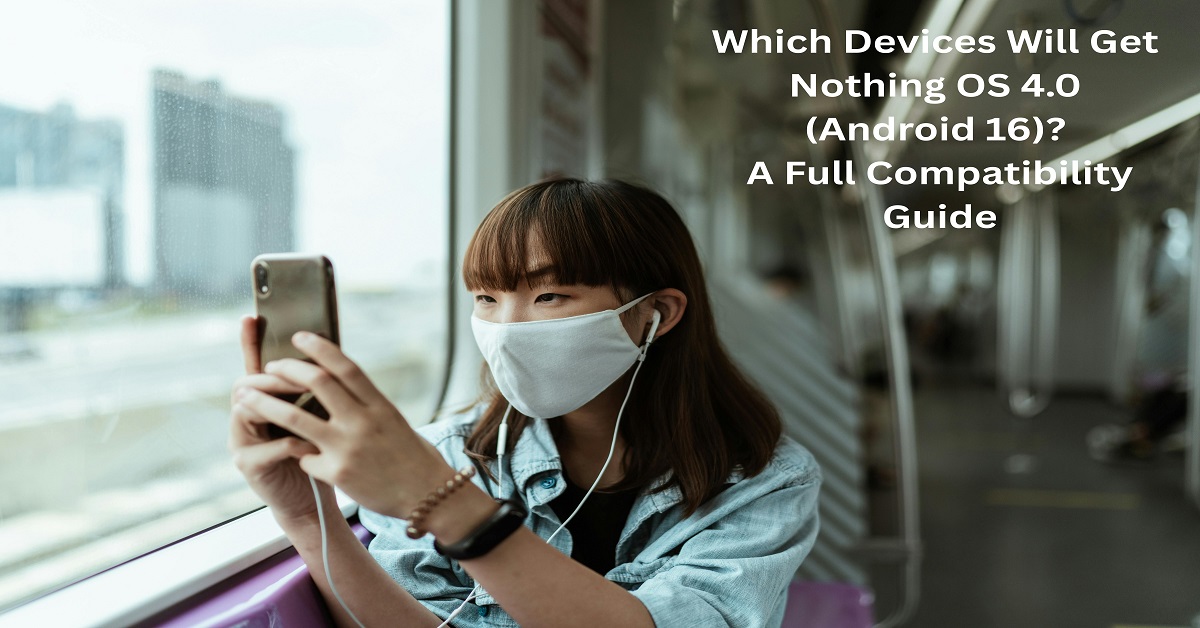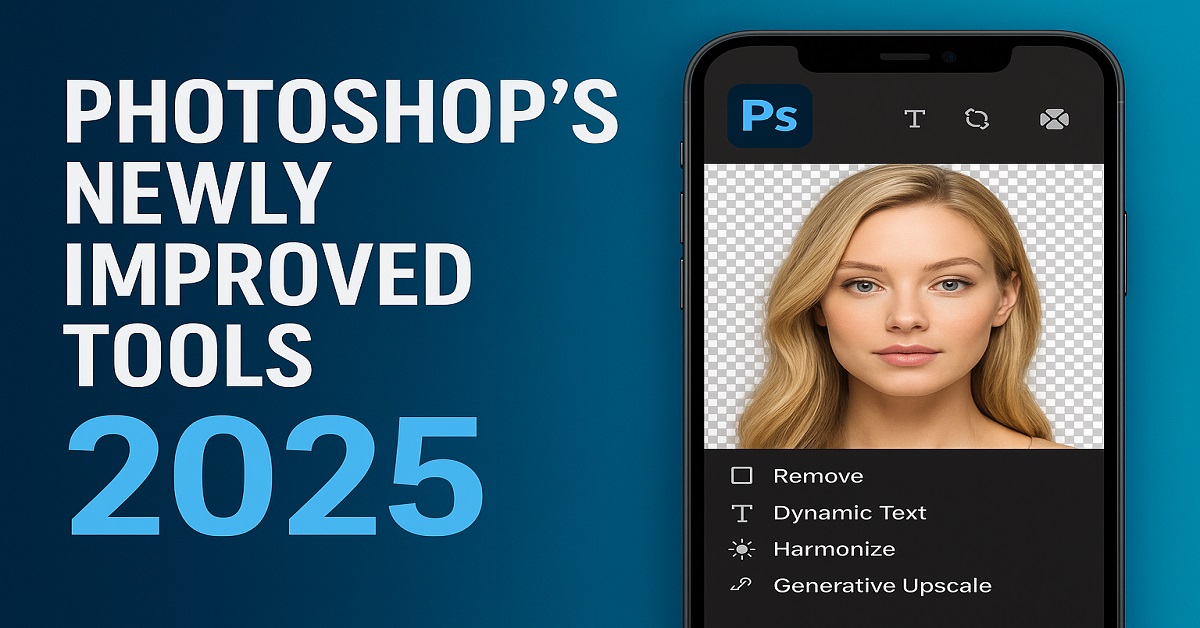Artificial Intelligence in Apps
What is AI in Mobile Applications?
Artificial Intelligence (AI) in mobile apps isn’t just about robots and futuristic tech—it’s already here and it’s revolutionizing the way we live, work, and communicate. At its core, AI in apps refers to software that simulates human intelligence processes. This includes learning from data (machine learning), understanding speech and text (natural language processing), making decisions (logic and inference), and even mimicking creativity. If you’ve ever asked Siri a question or used a chatbot on a shopping website, you’ve already interacted with AI.
In mobile apps, AI enables smarter, more efficient user experiences. These apps adapt based on your behavior, preferences, and habits. Imagine a news app that only shows stories you like, or a fitness app that adjusts workouts based on your progress—it’s all powered by AI. Whether it’s predictive text, image recognition, voice assistants, or smart notifications, AI is making apps more intuitive and helpful than ever.
In fact, AI is becoming a “silent assistant” in our phones—working behind the scenes to give us relevant suggestions, prevent fraud, filter spam, and even manage our daily schedules. It’s not just a cool tech trend—it’s becoming the backbone of digital interaction.
—
Brief History of AI in App Development
AI’s journey into mobile apps didn’t happen overnight. It started with basic automation and evolved through decades of technological breakthroughs. In the early 2000s, AI was mostly confined to research labs and enterprise systems. Mobile apps were static and simple—just tools with basic functions. But everything changed with the rise of smartphones and faster internet.
By 2010, app developers began incorporating machine learning algorithms to make apps smarter. Apple’s Siri (2011) was one of the first AI-powered assistants in mainstream smartphones. Google followed with Google Now, and eventually Google Assistant. These early efforts relied on predefined rules, but they laid the groundwork for more adaptive, learning-based systems.
As mobile processors became more powerful and cloud computing became accessible, developers could integrate more complex AI models into apps. In 2016, we saw a boom in AI-powered apps like Prisma (artistic photo editing) and FaceApp. These apps used neural networks to transform images in real-time—a capability unthinkable a few years earlier.
Fast forward to 2025, and we now have AI in almost every type of app—from entertainment and healthcare to finance and education. Tools like OpenAI’s ChatGPT, Google Gemini, and Amazon Alexa have shown that conversational AI can be incredibly lifelike. The shift is clear: AI is no longer a bonus feature—it’s a core requirement for next-gen mobile experiences.
—
How AI is Transforming Mobile Applications
—
Personalized User Experience
Let’s face it: one-size-fits-all apps are a thing of the past. Today’s users expect a tailored experience, and that’s exactly what AI delivers. AI algorithms can analyze user data in real time—things like browsing history, app usage, location, and even time of day—to offer highly personalized content and recommendations.
Take Netflix or Spotify as an example. These platforms use AI to understand your preferences and suggest content you’re likely to enjoy. They analyze your watch/listen habits, compare them to millions of other users, and curate playlists or movie suggestions that feel tailor-made. And the more you use them, the smarter they get.
In e-commerce apps, AI drives personalized shopping experiences. Imagine opening an app and seeing only products in your size, favorite color, and within your budget. That’s not magic—it’s AI doing its job behind the scenes. Even push notifications can be personalized now, ensuring they’re not just timely but also relevant.
The beauty of AI personalization is that it increases user engagement. When users feel understood, they’re more likely to stick around. Businesses love this because it boosts retention rates and revenue. But from the user’s perspective, it just feels like the app “gets them.” That’s the power of artificial intelligence in action.
—
Predictive Analytics for User Behavior
One of the coolest things about AI in mobile apps is how it can predict what users might do next. That’s where predictive analytics comes in. Instead of reacting to user input, apps can now proactively make suggestions or take action—before you even ask.
How does it work? AI models are trained on huge amounts of data to recognize patterns. For instance, a travel booking app might notice that you always book flights on Thursdays or look for beach destinations in December. Using that info, it can nudge you with early-bird deals or destination guides just when you’re likely to need them.
In finance apps, AI can predict spending habits and alert you before you go over budget. In health apps, it can foresee potential health issues based on your activity patterns and prompt you to rest or hydrate. Even ride-sharing apps like Uber use predictive analytics to suggest pickup points or estimate travel demand.
For developers, predictive analytics helps in designing better user flows. By understanding what users typically do, they can streamline the app’s interface to match those behaviors. And for marketers, it means delivering offers and messages when users are most likely to convert.
It’s not just smart—it’s anticipatory. And in today’s fast-paced digital world, that’s a massive advantage.
—
Voice Recognition and Natural Language Processing (NLP)
We’ve entered the era where talking to our phones is second nature. Whether it’s asking Siri to set a timer, dictating a message to Google Assistant, or speaking to Alexa through a connected app, voice interaction has become a cornerstone of AI-powered apps. This is all thanks to advancements in Natural Language Processing (NLP) and voice recognition.
NLP enables apps to understand, interpret, and respond to human language in a natural way. It’s what makes chatbots feel conversational rather than robotic. It also allows voice assistants to grasp not just the words you say, but the intent behind them. For instance, if you say “Book me a table for two tonight,” the app knows you’re talking about dinner reservations and takes action accordingly.
Voice recognition, on the other hand, has become so precise that it can identify users by voice, detect emotions, and understand multiple languages or accents. Think of apps like Google Translate or Duolingo—they use NLP to deliver real-time translations or language learning experiences that feel fluid and human.
Beyond convenience, voice interaction is also making apps more accessible. People with disabilities or elderly users who may struggle with typing now have a more intuitive way to engage with technology.
In short, NLP and voice recognition are making apps feel less like tools and more like companions. And as these technologies evolve, the line between human and machine interaction will blur even








